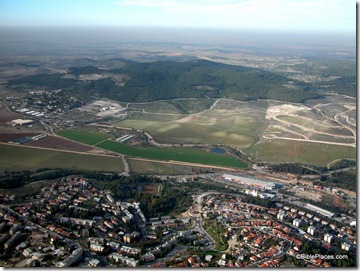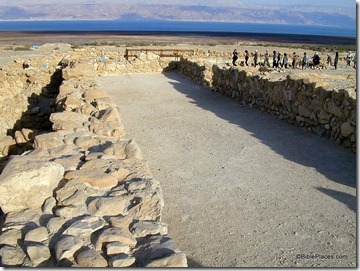Tom Powers describes the City of David excavation over which Eilat Mazar is up in arms.
The Jerusalem Post has ten photos of the Samaritan celebration of Sukkot.
Joe Yudin recommends five family hikes in Israel for the holiday: Nahal Zavitan, Nahal Oren, Nahal David, Nahal Zin, and Mount Zephahot.
Wayne Stiles explains the importance of the Pool of Siloam to an event in Jesus’ life besides the healing of the blind man.
Stephen Gabriel Rosenberg provides the Archaeology in Israel Update: September 2011, with summaries of the Two-Horned Alter [sic] from Tell-es Safi [sic], Damascus Gate Restored, Kenyon Institute, Continuous Occupation at Yavne Yam, the Underground Passage from Robinson’s Arch to Siloam Pool, and TCorpus of Graffiti Inscriptions.
A Palestinian archaeologist is attempting to bring Israel to trial at the Hague for war crimes and crimes against humanity for their excavations near the Temple Mount. Professor Hamdan Taha is also the Palestinian Authority minister responsible for antiquities and culture and he is currently leading the restoration of Shechem (Tel Balata) previously mentioned here.
The Art Newspaper reviews some of the latest political goings-on in Turkey with regard to archaeology, permits, and Germany.
All is not well with the Dead Sea Scroll digitization project, say some scholars.
HT: Joseph Lauer, Jack Sasson


